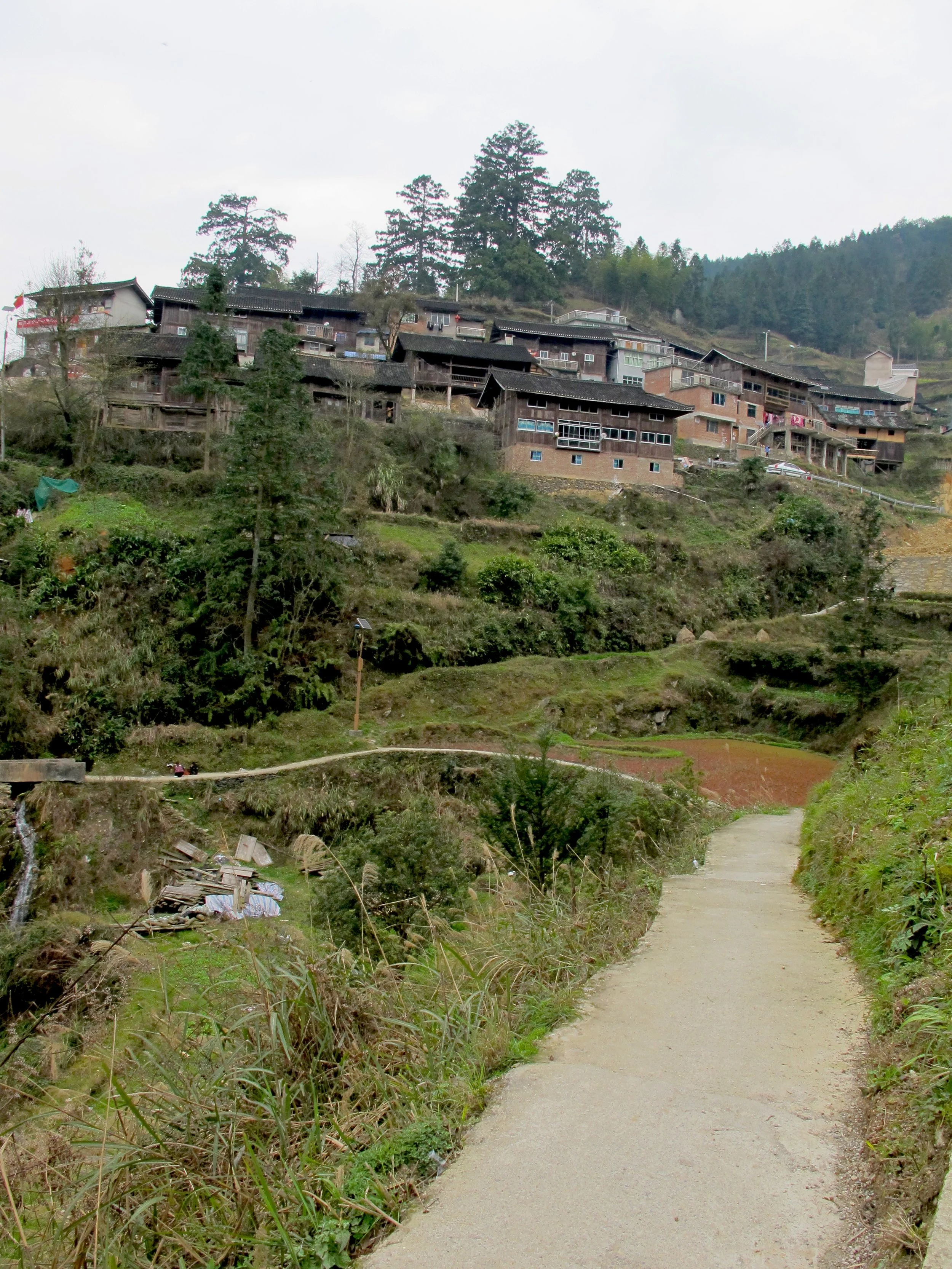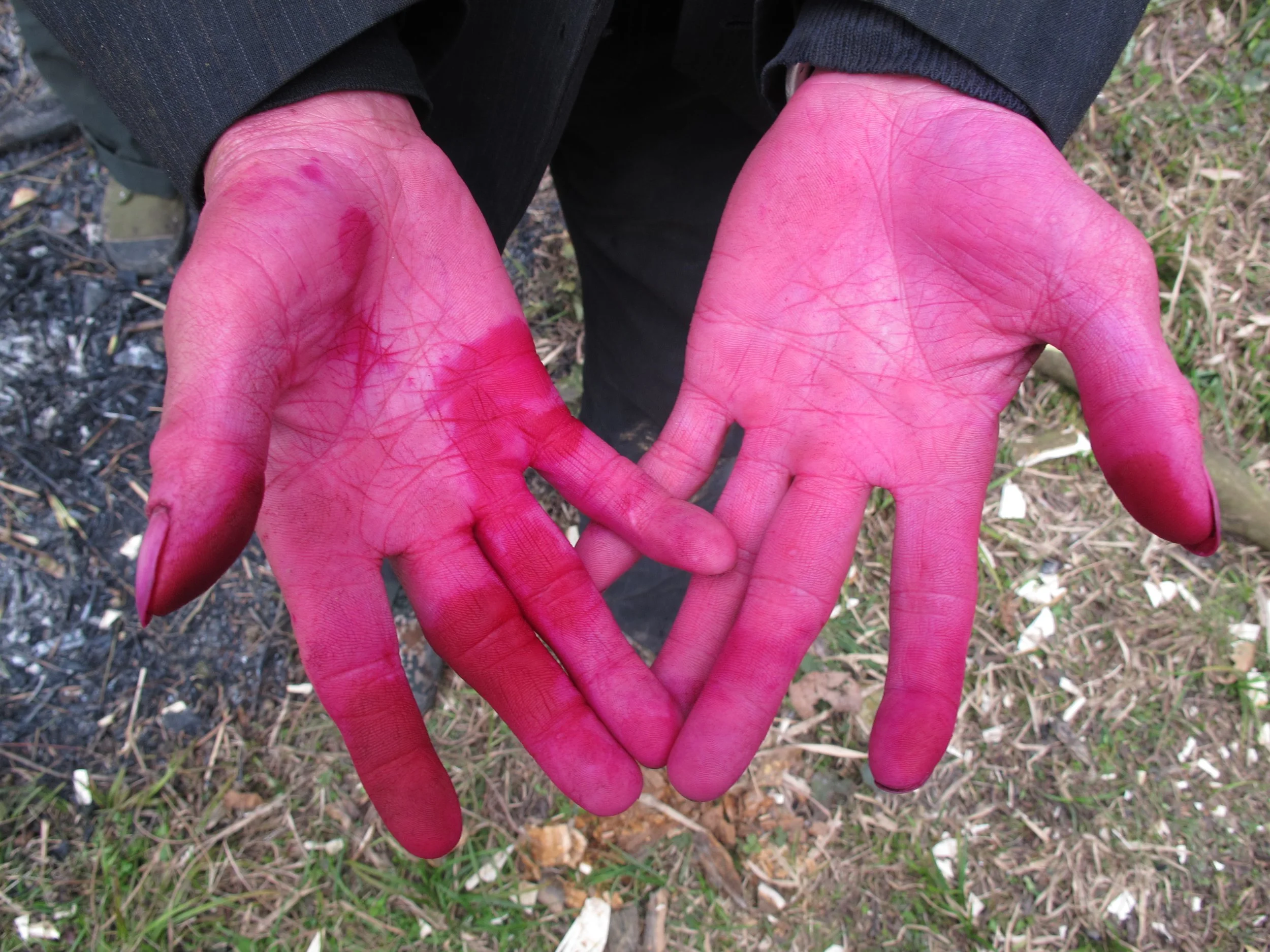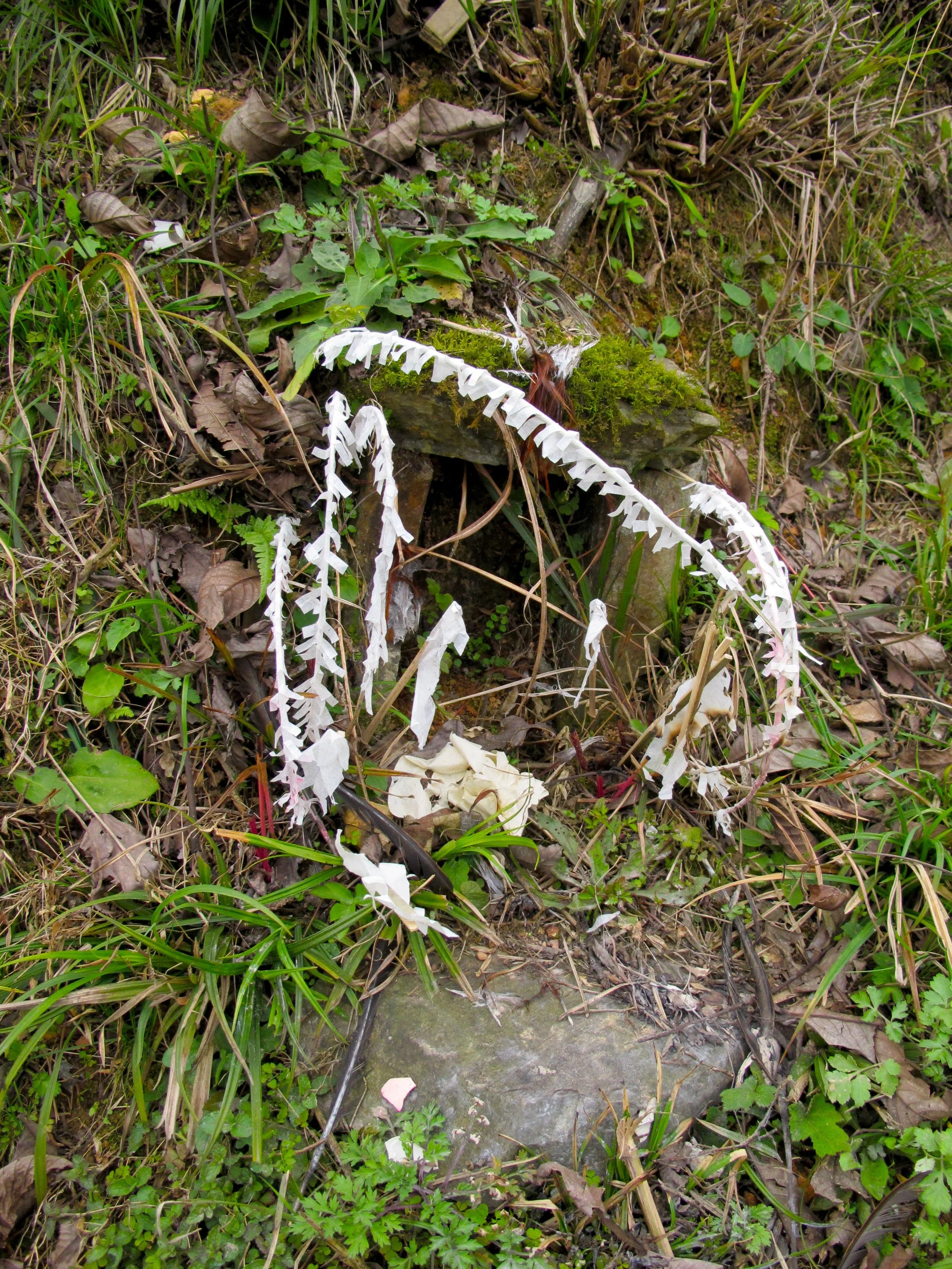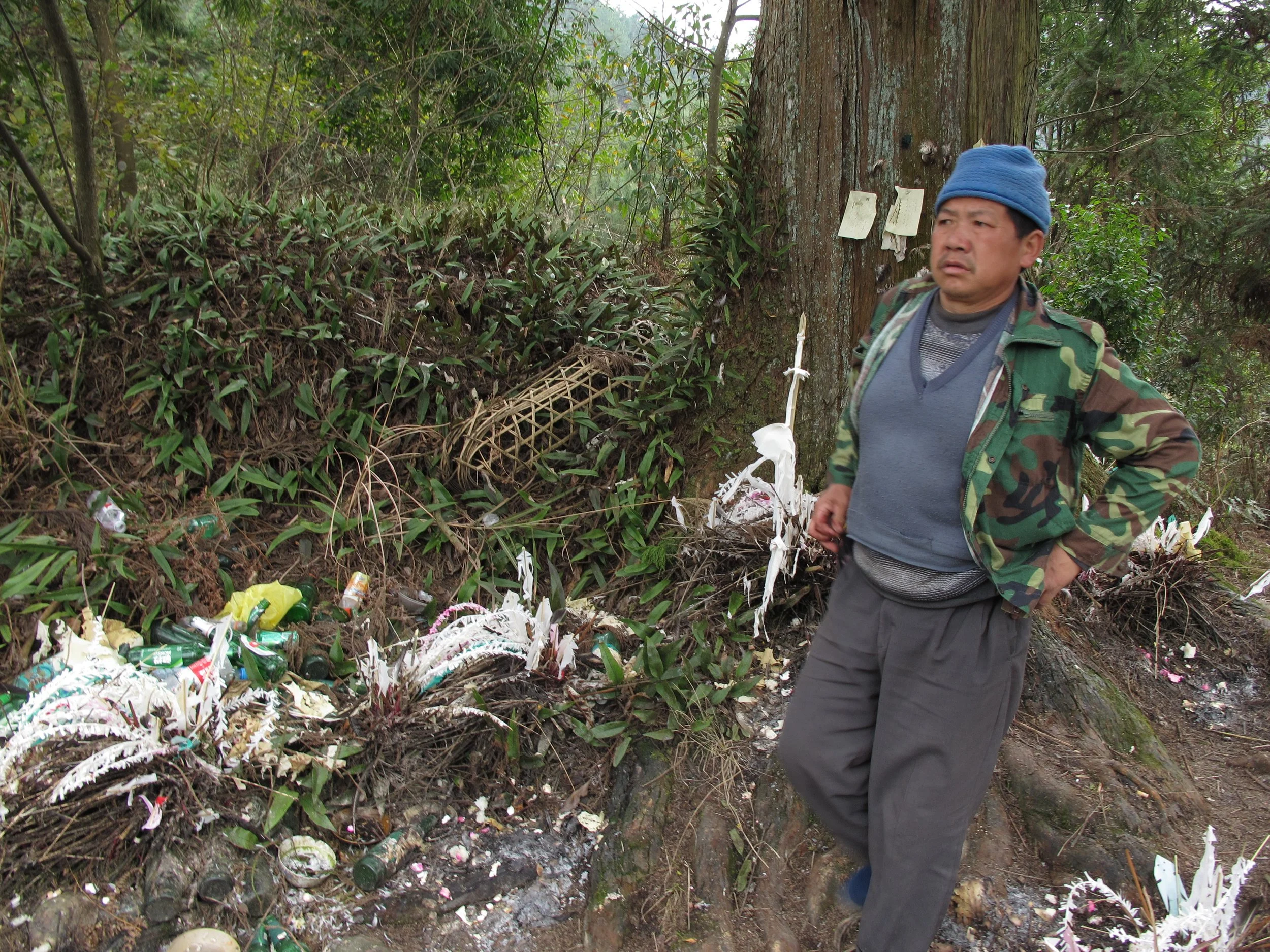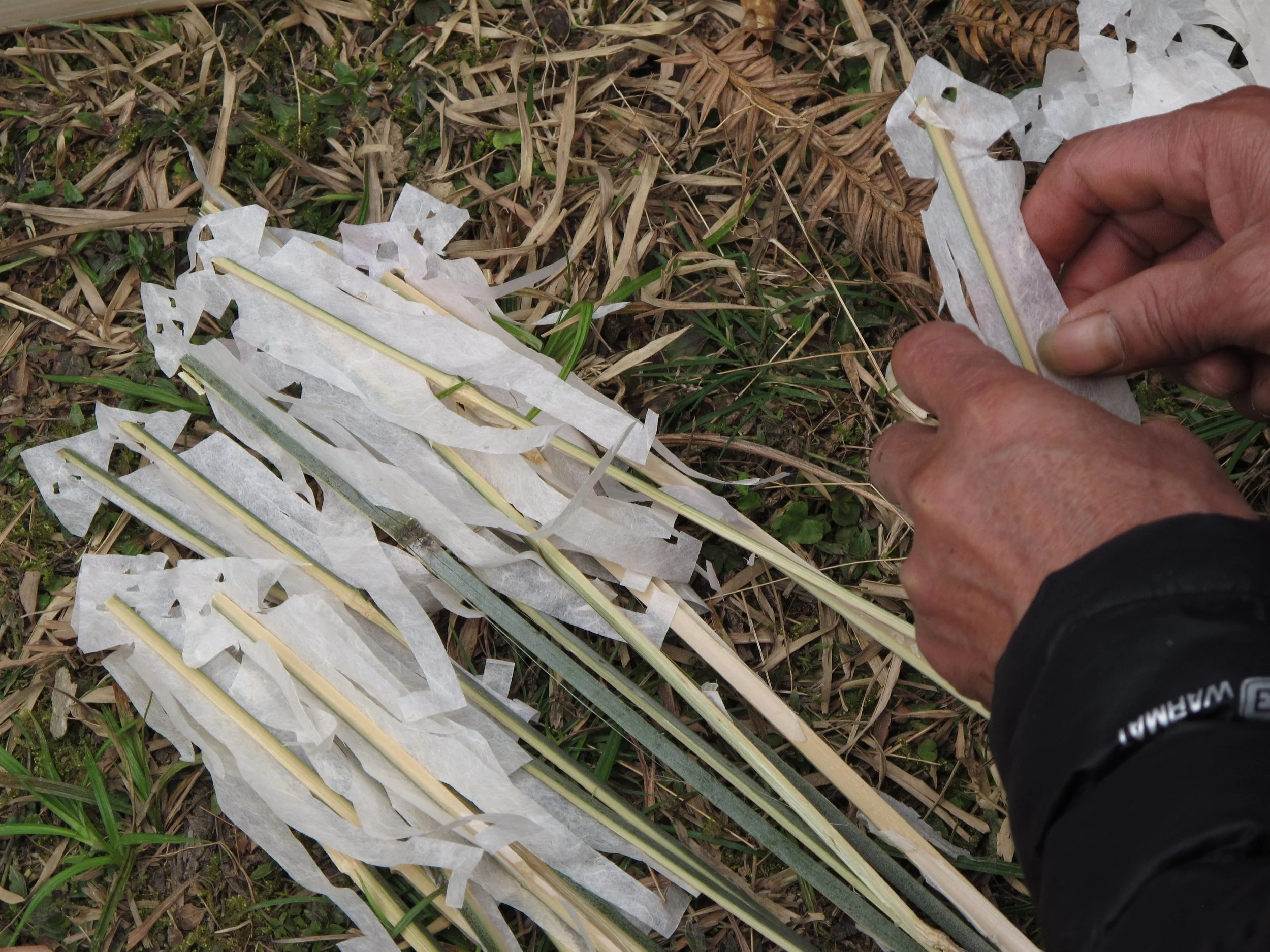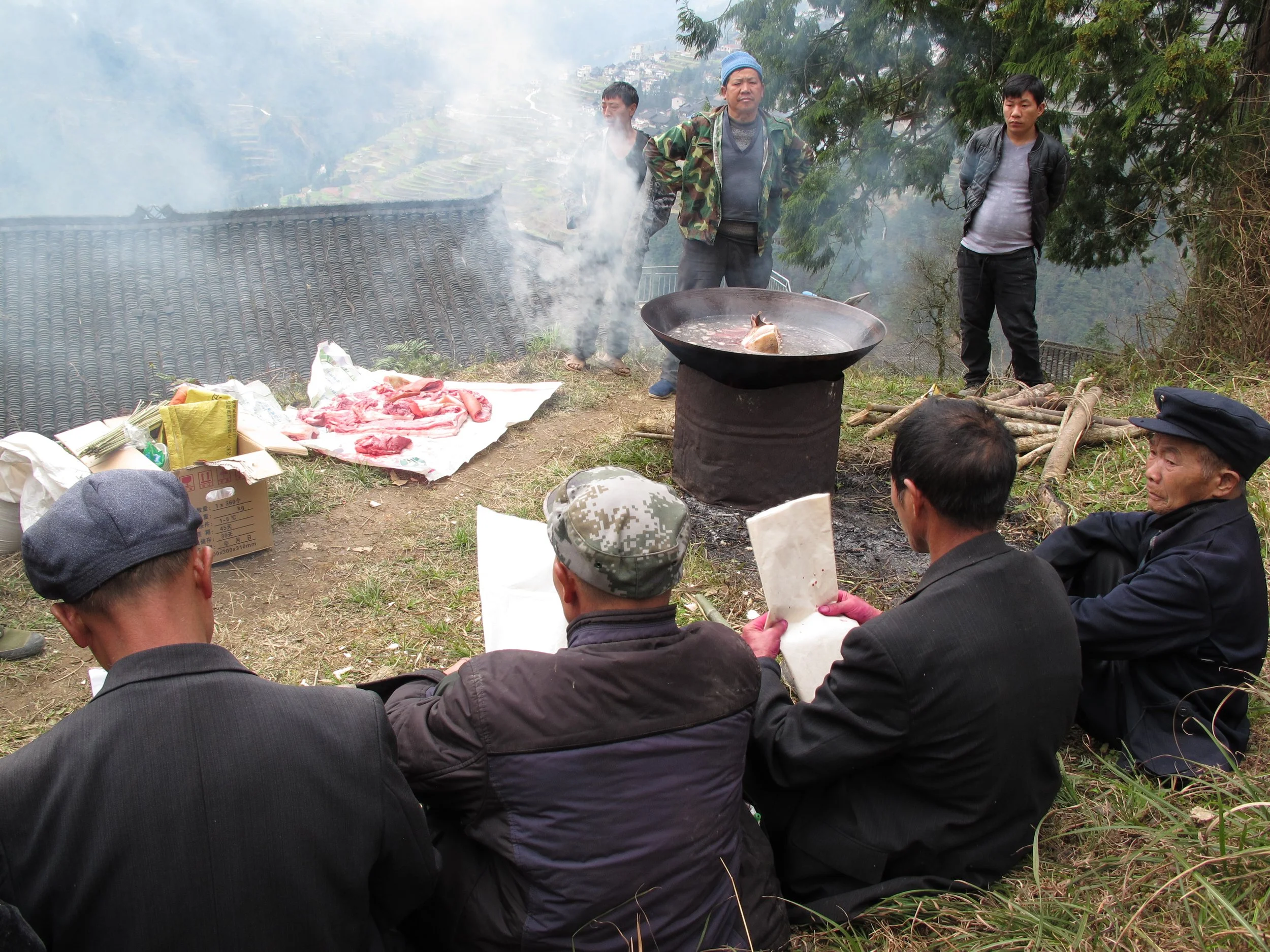Summoning the Dragon: 召龙节
Summoning the Dragon (召龙节) is a male-only celebration held every twelve years at Miao villages in the Leigong Shan region of southeastern Guizhou. The ceremony is usually closed to outsiders but in March 2019 my friend Li Maoqing managed to wrangle special permission for me to attend the event at Xiao Kaitun in Yongle county (永乐镇小开屯村) – though have to say that people would have been much happier if I hadn’t been there.
Each village in the area holds its own festival on different years. The main purpose of Summoning the Dragon is to encourage a good crop of children for each household – ideally nine boys (riding horses and playing lusheng pipes), and seven girls (dressed in fine embroidery, their silver jewelry jingling as they dance at festivals).
Three years in advance, villagers carve a male and female dragon, which look a bit like 2m-long wooden Buddhist fish with antlers. These are put out parallel on a slope under a grove of old pine trees – the male dragon higher up the slope – with wooden pearls in front of each dragon. The trees at Xiao Kaitun were planted by the current shaman’s great-grandfather back in the 1880s.
On the day of the ceremony, the dragons are painted pink – a colour which attracts children – and a white rooster is tied up at their heads. White usually represents death in China, but for the Miao white objects form a link between the spirit world and ours; all around Miao villages you see small spirit “bridges” made of tiny bamboo arches covered in white paper.
During a lull in the proceedings I was taken into the pine grove, where many of the trees were tied with red ribbons as a sign of respect for their age – something you can see across southern China. And in amongst the grove was a fern-covered boulder surrounded by an untidy flotsam of more paper arches and (empty) bottles of beer. All around were little piles of burned debris, making the whole place look like a cross between a popular bbq site and a shrine. People come here to pray to the spirits for offspring and to cure sickness.
Meanwhile, the head shaman sets off to walk around nearby ridges where the spirit children live. Like a pied piper, he lures the children to him, putting them on the back of a live duck that he’s carrying. Back in the village, another shaman cuts out white paper figures representing the spirit children, which are threaded on to bamboo skewers and set up in a ring around the dragons; any spare figures are plastered over the dragons themselves.
At the event I saw, the shaman and his entourage returned down off the mountain two hours late – the usual shaman was busy elsewhere and Kaitun had borrowed this one from another village, who wasn’t familiar with local paths and got lost. The duck was led around the ring and then slaughtered and its blood sprinkled over the dragons, along with handfuls of feathers; its corpse was taken away to be cooked. Then the shaman began the first of three prayer recitals summoning the dragon; recordings were absolutely forbidden as playing them might call the dragon down at an inappropriate time, bringing disaster. The rooster was sacrificed next, then the second recital began.
Earlier on, a pig had been butchered and was being stewed up in pieces in a huge wok under the trees. Once the recitals were over the whole village gathered to eat the pork – this was part of the ceremony I wasn’t allowed to attend – and then the paper children were handed out to villagers to be put up in their homes.
All a bit spooky.
Many thanks to Li Maoqing for arranging my visit.
